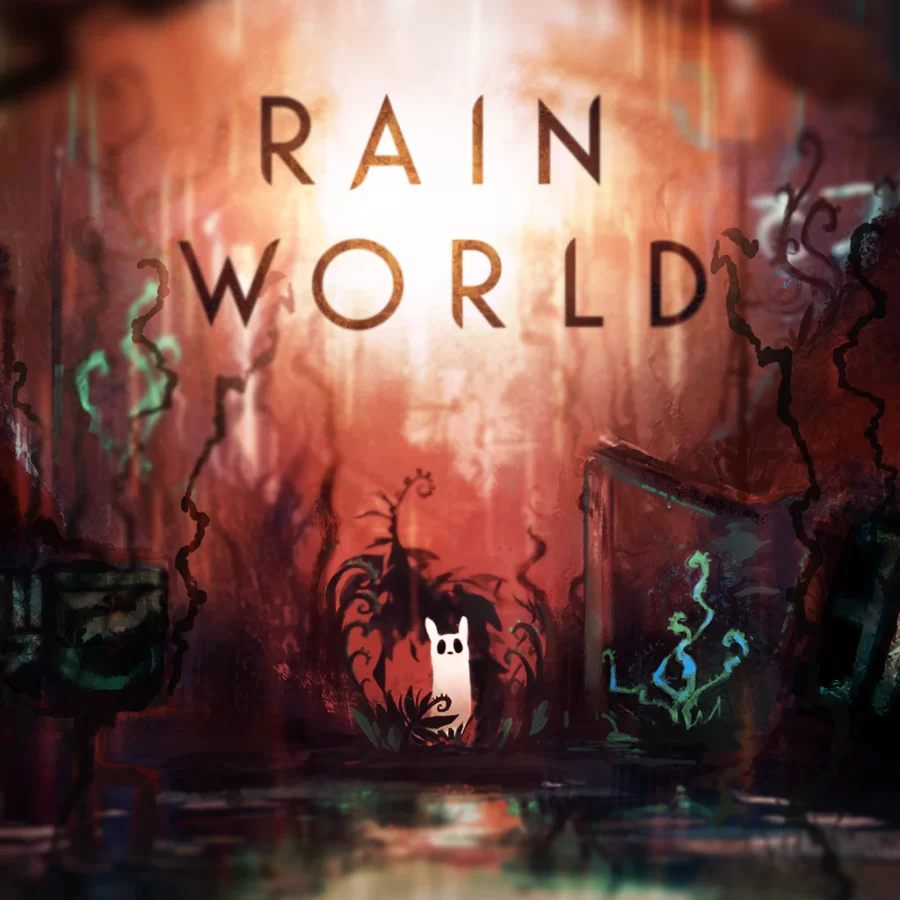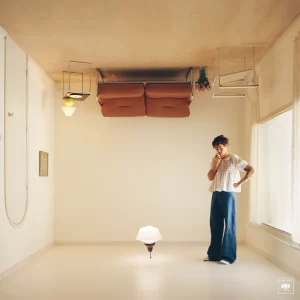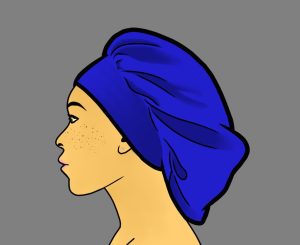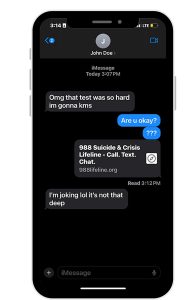‘Rain World’: a Stubborn Masterpiece
Playstation
The dilapidated industrial structures, aggressive creatures, and strange plants give ‘Rain World’ a unique, intimidating atmosphere.
May 23, 2022
This column was written by Aurora Miller and will be an ongoing story about her lesser-known interests.
This article contains some lore spoilers for the 2017 survival platformer “Rain World”.
What signals danger? In the universe of “Rain World”, it would be easier to list what is not a sign of danger. A faint hiss, a small distortion on screen, a musical cue, the sound of coming rain; all of them are a sign to run and hide in this game.
“Rain World” was published in 2017 by Videocult, but was in development as far back as 2011. In it, you play as a small, soft, vaguely agile feline-rodent known as a slugcat. In the base campaign, you play as the Survivor, a white slugcat who was separated from their family and must survive in an ecologically devastated, pixel-art world.
The long-dead allegorical Ancients were haughty, decadent, and powerful, shaping the world to their desires. They suffered, though; every creature in “Rain World” is trapped in the ‘Great Cycle’, an eternal circle where death leads to rebirth forever. The Ancients sought to escape this cycle (known as ascension), which spawned much of the culture in their industrial-religious society. After many spiritual and scientific attempts to ascend, the Ancients built massive semi-organic supercomputers to figure it out for them. These supercomputers, known as the Iterators, needed huge amounts of water to wash out their systems. This water was taken from the world around them, devastating the ecosystems and creating a cycle of bone crushing rain that scatters every creature into hibernation until the rain ceases.
Much of the beauty of “Rain World” comes from the design. Every screen in the game feels like it could be a real place. Graffiti and decay line the industrial environments. Flora curls around the decayed landscape. Creatures utilize technological remnants they scarcely understand to survive. Organisms hunt and are hunted. “Rain World” feels real, in a way that so many post-apocalyptic games do not. It feels like a window into a world where humanity dies out, leaving behind the things we’ve built and the problems that we haven’t fixed. Bone-crushing rain isn’t that far from the weather disasters brought on by climate change. The Garbage Wastes could simply be a future version of an ordinary landfill. Even the scavengers assigning value to items that served a far different purpose for the Ancients is a feasible outcome of a dead civilization.
Another element of “Rain World’s” beauty comes from the entities. It’s not a simple hodgepodge of enemies thrown together to provide an obstacle for the player– it’s an ecosystem of living creatures that slugcat is only a small part of. No entity is designed to be attractive; in fact, many enemies (such as the pole plants that caused my first death) are decidedly unnerving. Additionally, the movement and behavior of “Rain World’s” organisms are not precise or insurmountable. A green lizard struggles to climb vertically because of its weight. Vultures can be pinned to walls with a good spear throw. Scavs often have trouble escaping water. Leviathans aren’t observant if you don’t swim too fast. Creatures don’t kill unless there’s a necessity (unless they’re particularly opinionated). They fight and eat and die without the player present.
In short, “Rain World” is alive. And I didn’t even talk about the amazing music, or the modding community.
Of course, I inevitably have to mention the flip side of this fantastic game. “Rain World” is very user unfriendly. You’re given minimal instructions, minimal lore unless you go looking for it, and minimal grace. From the moment you assume control of the Survivor, you can die and will die. Death sets you back to your previous shelter and enough deaths may prevent you from progressing to the next area. Slugcat is wobbly, soft, and sometimes slow; a simple missed jump could spell your end or at least really annoy you. Food is scarce, shelter is scarce, and every moment there could be a new variable. Many who play “Rain World” are repelled by how un-relaxing it is.
This is a natural consequence of building a game that feels so authentic; the difficulty must be authentic too. There are still ways to avert frustration, albeit with sacrifices. The built-in easy mode sacrifices depth and lore for ease. Reading up on mechanics and creatures beforehand sacrifices mystery for familiarity. The popular Easy Mode Modpack redesigns the mechanics a bit to allow for a more forgiving experience. Or, if you’re stubborn like me, you can simply play it until you get somewhere.
With the upcoming Downpour expansion and an avid fan base that will understand your desire to throw your computer after dying in Garbage Wastes for the seventh time, “Rain World” isn’t going anywhere except off the beaten path.





















![In a recent surge of antisemitism nationally, many have pointed towards social media and pop culture as a source of hate. “Many far-right people have gone on [X] and started just blasting all their beliefs," Sophomore Scott Weiner said.](https://unionstreetjournal.com/wp-content/uploads/2023/10/antisemitism-popculture-2-1200x675.jpg)
